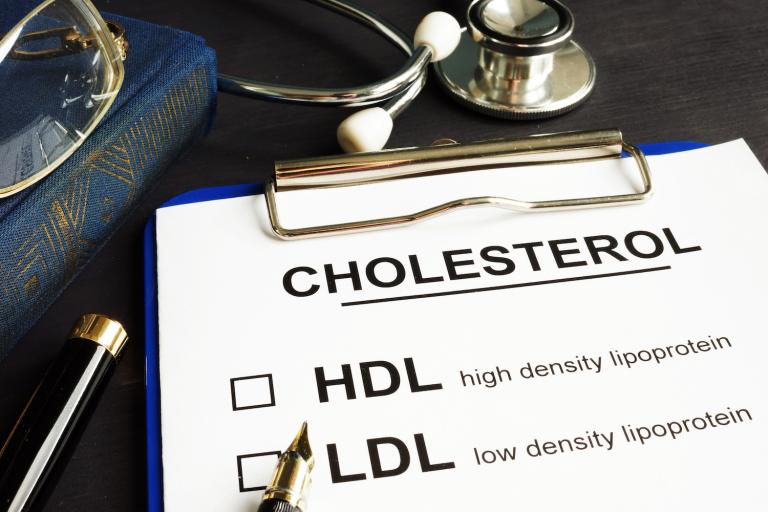What is Good Cholesterol?
HDL, or high-density lipoprotein, aka “good cholesterol,” helps rid the body of bad cholesterol—the stuff that can contribute to heart disease.
People with high levels of the “bad” kind of cholesterol—LDL, or low-density lipoprotein—and low levels of HDL are usually advised to focus first on getting their LDL down, often through medication. But a good concurrent step is to look at ways to up the HDL, too.
What Do Good and Bad Cholesterol Do?
Waxy in consistency, cholesterol moves through the blood supply and is found in every cell in the body. It’s useful stuff: the body needs it to build cells and to make vitamins and hormones.
But too much LDL can build up inside blood vessels—whereas high levels of HDL can move excess cholesterol from the bloodstream to the liver, where it breaks down.
What is a healthy level of HDL?
According to National Institutes of Health guidelines, HDL levels less than 40 mg/dL put people at risk for heart disease. Aim for 40–59 mg/dL, but above 60 is ideal.
There’s no upper limit for HDL, but one study found that people with extremely high or extremely low HDL levels were at a higher risk of death than those with moderate levels. That study identified the optimal levels as 73 mg/dL in men and 93 mg/dL in women.
How to Increase "Good Cholesterol"
Heredity plays a part in determining people’s HDL levels. You can’t do anything about your genes, but you can address some of the other factors that contribute to low levels of good cholesterol.
-
Lifestyle
Want higher HDL levels? If you smoke, quit. If you’re sedentary, get active—even an hour a week of aerobic exercise will boost your score.
If you are overweight, shedding 5 to 10 percent of your weight may increase your HDL cholesterol, with the added bonus of reducing your blood pressure and blood sugar.
-
Diet
Eating right can improve your HDL-LDL ratio. The Mediterranean diet has been shown to be beneficial for regulating cholesterol.
Start by incorporating some of these foods into your meal plans:
- Olive oil
- Beans and legumes
- Whole grains
- High-fiber fruit (apples, prunes, pears, etc.)
- Foods rich in omega 3s
- fatty fish such as salmon
- flax and flax seed oil
- Nuts
- Chia seeds
- Avocado
- Soy
- Red wine, in moderation
-
Supplements
-
Omega 3s
If you’re not able to get omega 3s through your diet, consider taking an omega-3 supplement.
-
Probiotics
If your diet doesn’t include yogurt and fermented foods, think about taking a probiotic: New studies are showing that your microbiome plays a role in cholesterol levels.
-
Vitamin B (Niacin)
Another supplement to talk with your healthcare practitioner about is the B vitamin niacin, which can raise HDL by 30 percent or more.
To get the benefits, you’ll need a prescription strength dose—which can also cause some serious side effects, so be sure to get all the info before choosing that option.
-

